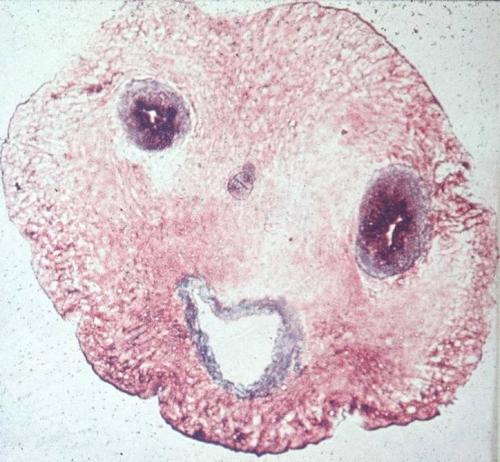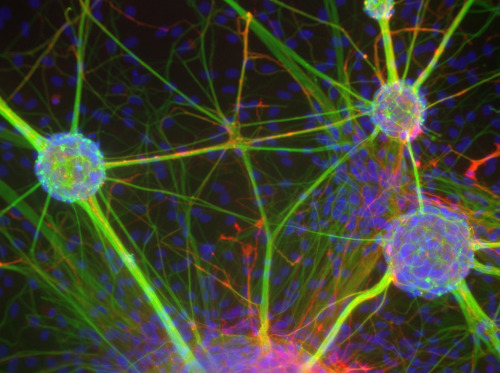Радикальный метод - прямое влияние на мозг:
It’s clearly no longer just the drug of the young, rich and trendy: a decrease in street value over the years has led to a marked rise in usage and availability of cocaine, and it’s an ever-present favourite with the media. The BBC news website alone has dozens of cocaine-related news results since the beginning of the year (who knew the Highland Games were such a rave!).
The short lived euphoric effects of cocaine and subsequent come down lead to a physical and psychological addiction that cause a user to increase their frequency of intake. Using rats that could self-administer cocaine, Christelle Baunez and colleagues at the French National Center for Scientific Research looked at the effects of lesions in the subthalamic nucleus (STN) on addiction.
Following on from earlier work demonstrating that deep brain stimulation of the STN can reduce motivation of rats to work to get the drug1, but increase motivation to work for food, they tested the hypothesis that lesions in the STN could prevent an escalation in cocaine intake. As described in a poster presented at the Neuroscience 2010 meeting, they found that treated rats decreased the number of times they helped themselves to cocaine, but with no ill effects on memory or locomotion.
“This has potential implications for the treatment of addicts,” suggests F1000 Section Head Trevor W. Robins of the University of Cambridge, in his evaluation of the poster. Baunez adds, “Before translating it to human addicts, the best thing will be to test the effects of STN inactivation in monkeys, which is one of our plans for the future.”
The short lived euphoric effects of cocaine and subsequent come down lead to a physical and psychological addiction that cause a user to increase their frequency of intake. Using rats that could self-administer cocaine, Christelle Baunez and colleagues at the French National Center for Scientific Research looked at the effects of lesions in the subthalamic nucleus (STN) on addiction.
Following on from earlier work demonstrating that deep brain stimulation of the STN can reduce motivation of rats to work to get the drug1, but increase motivation to work for food, they tested the hypothesis that lesions in the STN could prevent an escalation in cocaine intake. As described in a poster presented at the Neuroscience 2010 meeting, they found that treated rats decreased the number of times they helped themselves to cocaine, but with no ill effects on memory or locomotion.
“This has potential implications for the treatment of addicts,” suggests F1000 Section Head Trevor W. Robins of the University of Cambridge, in his evaluation of the poster. Baunez adds, “Before translating it to human addicts, the best thing will be to test the effects of STN inactivation in monkeys, which is one of our plans for the future.”










